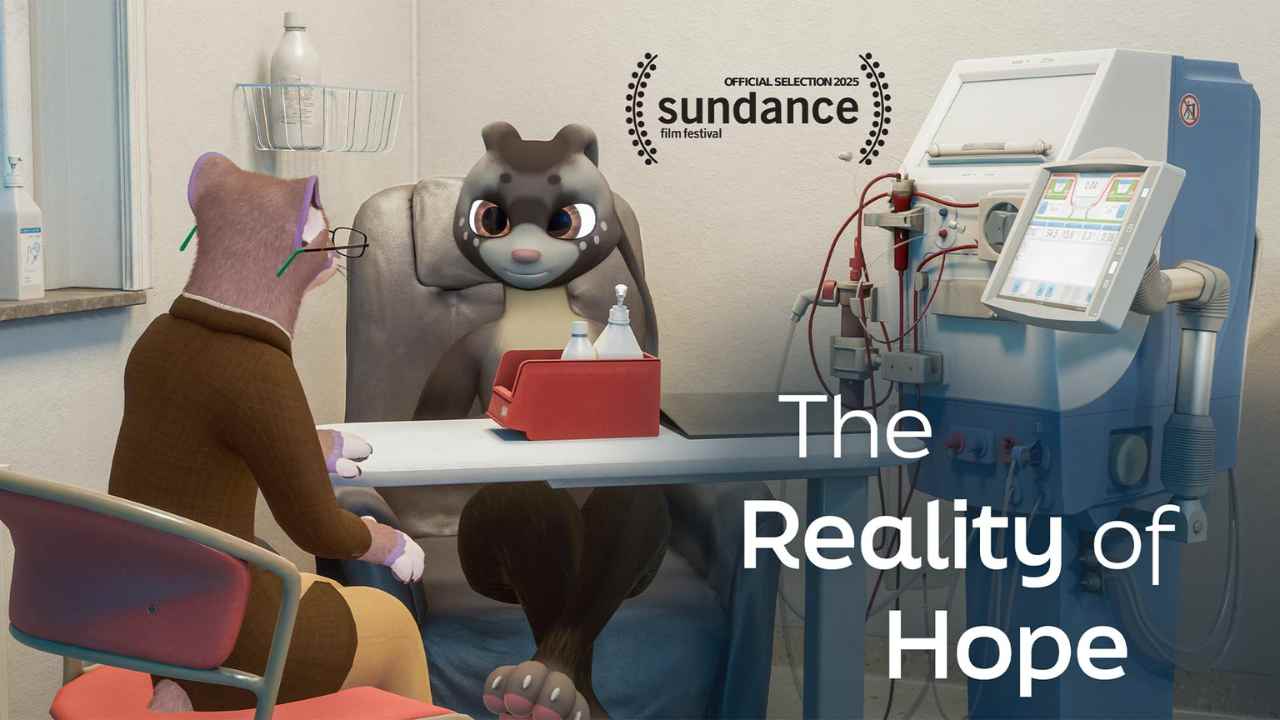Organ donation isn’t an easy story to tell, but The Reality of Hope tries something different. This VR documentary doesn’t just share facts or patient statistics. It brings viewers directly into the world of those facing kidney disease, showing the real stakes and fragile hopes of transplant journeys.
The piece doesn’t aim for flashy visuals or broad generalizations. Instead, it slows down and stays grounded in the human stories that often get lost in the data.
How VR Changes the Lens
Virtual reality can turn distant stories into something more personal. By putting viewers right in the middle of these medical struggles, The Reality of Hope breaks down the usual distance between a documentary and its audience.
It’s not about showing off tech or making something feel futuristic. It’s about using immersive tools to highlight quiet moments: a patient waiting, a family’s relief, a doctor’s uncertainty.
A Balance of Tech and Story
The documentary doesn’t overcomplicate things with technical jargon or heavy-handed editing. It leans on VR’s ability to create a sense of presence. Small details — the sterile light of a hospital room, the tight grip of a loved one’s hand — feel weightier when you’re there in the scene. This approach helps avoid the trap of making the film just another piece of advocacy. It’s more of a window into lives that might otherwise feel abstract or distant.
Connecting to Broader Trends
We’ve seen a slow but steady rise of VR in documentary filmmaking, especially for topics that need empathy more than data. The Reality of Hope slots neatly into that trend, using VR to humanize a subject that can often feel clinical.
It’s not about replacing traditional docs or claiming VR is always better. It’s about giving audiences a new way to see the same hard truths. In the world of VR storytelling, that’s a small but important step forward.
Virtual Reality Explorer & Game Reviewer
Always the first to plug in. VRSCOUT dives head-first into the most immersive VR worlds, analyzing mechanics, comfort, innovation, and that elusive “presence” factor. If he says it’s worth it, it probably is.




